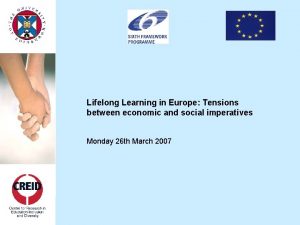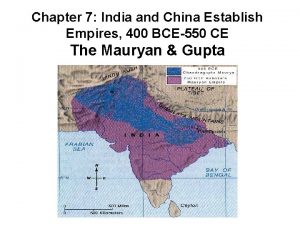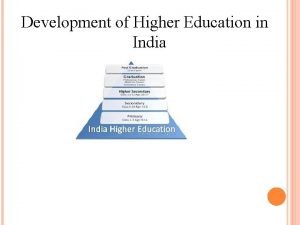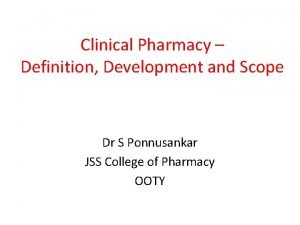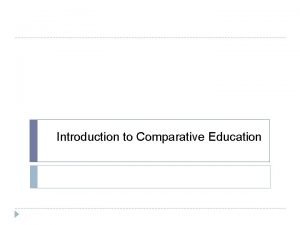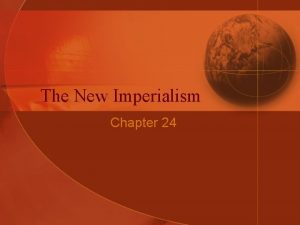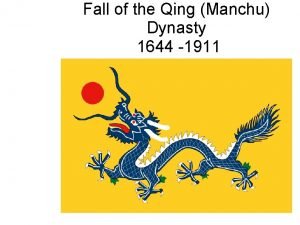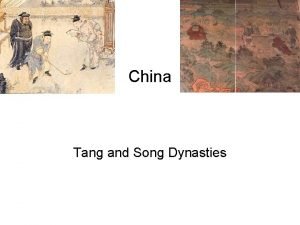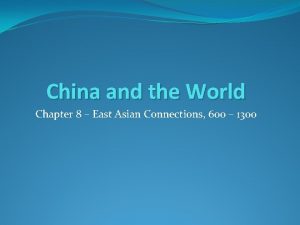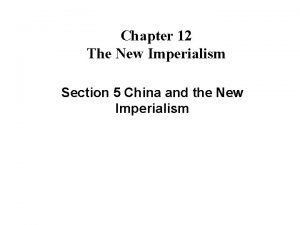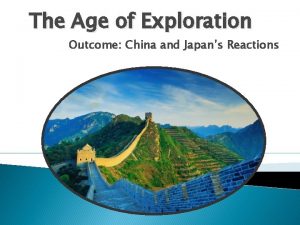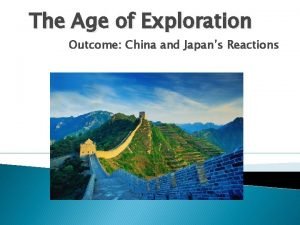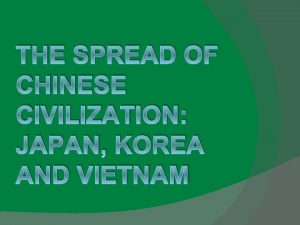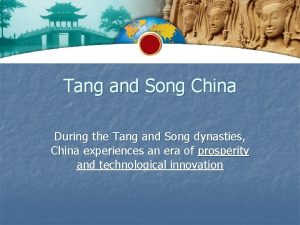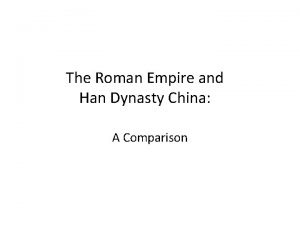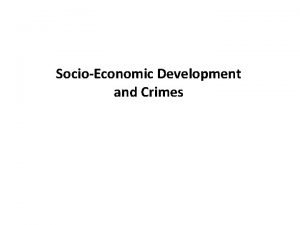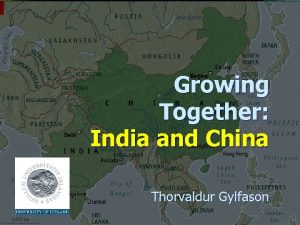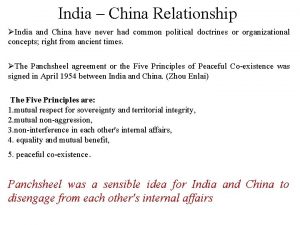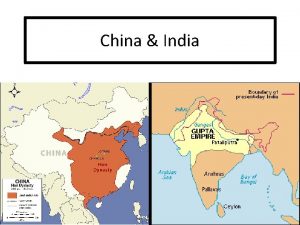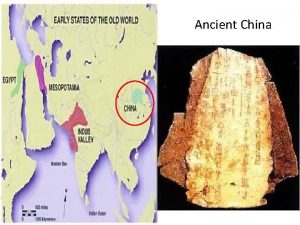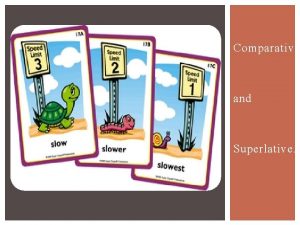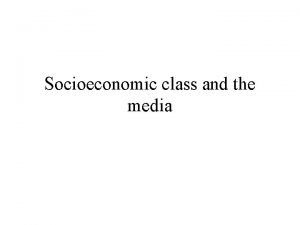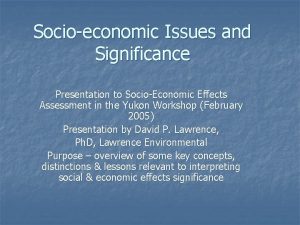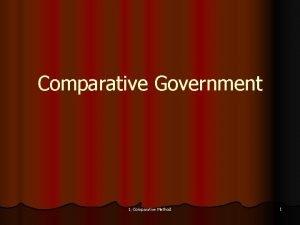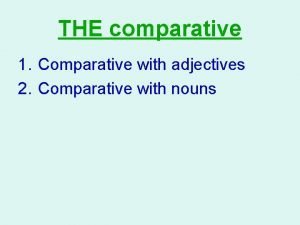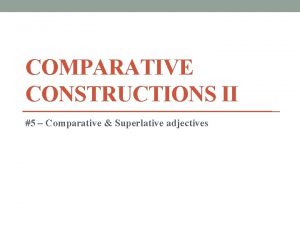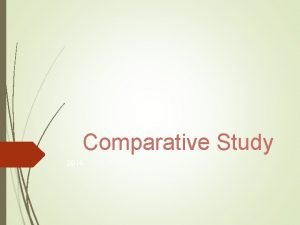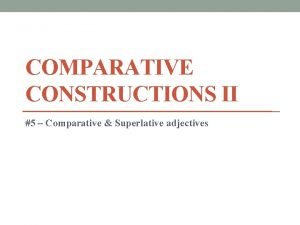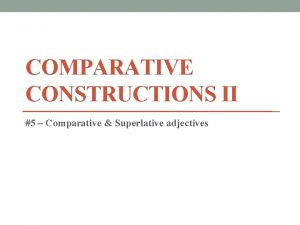Comparative SocioEconomic Development Strategies India and China Thorvaldur












































- Slides: 44

Comparative Socio-Economic Development Strategies: India and China Thorvaldur Gylfason

Two giants What’s the story? Compare the development strategies and trajectories of the two economic giants of Asia One obvious difference ü ü ü ü India is a democracy China, though, is not Many other differences, and similarities that include Low foreign debts Long coastlines Large overseas communities

India and China: GDP per capita 1820 -1950 (constant 1990 US dollars) China was richer than India 200 years ago, but India did better than China thereafter

India and China: GDP per capita 1820 -1950 (constant 1990 US dollars) Since 1950, however, China has grown more rapidly than India, albeit less evenly Why?

India and China: GDP per capita 1975 -2003 (ppp, 2000 international dollars) China 7. 7% India 3. 2% Africa -0. 5%

India and China: GDP per capita 1960 -2003 (2000 international dollars) China 5. 7% Africa 0. 5% India 2. 5%

India and China: Life expectancy at birth 1960 -2004 Persistent rise in life expectancy as well as in other human development indicators in both China and India since 1960

What it takes to grow I. Saving and investment Physical capital II. Education, health care I. Undisputed Human capital III. Macroeconomic stability Financial capital IV. Exports and imports V. I. I. Foreign capital Democracy Social capital VI. Diversification Away from natural capital Controversial

Three main sources of economic growth + + denotes a positive effect in the direction shown

Three further sources of Let’s now look at economic growth these factors one by one Stability + + Democracy + + Diversification n o ti a ic if rs e iv d l a c ti li o p Economic vs.

Investment 1960 -2004 % of GDP In China, more investment and more rapid economic growth, but …

Investment 1960 -2004 % of GDP In China, it takes almost twice as much investment to grow roughly twice as fast as India Chinese banks have more nonperforming loans than Indian banks

Investment 1960 -2004 % of GDP In China, it takes 41 days to obtain the licenses necessary to start a business In India, it takes 89 days

Gross foreign direct investment 1960 -2004 % of GDP China attracts far more foreign capital than India, especially through joint ventures

Gross foreign direct investment 1960 -2004 % of GDP China appears to have less endemic corruption: corruption 27% of managers in China view corruption as a major constraint compared with 37% in India

Gross foreign direct investment 1960 -2004 % of GDP China appears to have less endemic corruption: corruption Transparency International in Berlin gives China 3. 4 for corruption and India 2. 8 on a scale from 1 to 10

Inflation and financial depth 1960 -2004 % of GDP China’s inflation 1961 -2003 was 3. 2% per year on average compared with India’s 7. 6% China’s liquidity grew faster Liquidity lubricates the wheels of growth

Inflation and financial depth 1960 -2004 % of GDP China’s market capitalization of listed companies increased from scratch in 1991 to nearly 50% of GDP in 2003 India’s figure is also a bit less than 50%

Exports 1960 -2004 % of GDP China’s exports of goods and services have outpaced those from India In China, taxes on trade are now 9% compared with 16% in India

Adult female literacy 1960 -2004 % China has taught more females than India how to read and write The youth female literacy rate in China is 99% compared with 65% in India

Adult female literacy 1960 -2004 % China sends almost 70% of her youngsters to secondary school compared with 50% in India “An educated child does not want to plant rice”

Agriculture 1960 -2004 % of GDP China has done more than India to transfer labor from the land Where have all the workers gone?

Manufacturing 1960 -2004 % of GDP Rural workers in China have flocked into manufacturing In India, the services sector has expanded rapidly Hardware vs. software

The results so far China ü ü ü ü Saves and invests more than India Attracts more foreign capital Has less inflation Exports more goods and services Teaches more females how to read Transfers her labor more rapidly out of farming into manufacturing and services Small wonder, then, that China grows more rapidly than India ü ü Even without democracy!

China started earlier Common legacy of foreign influence or domination followed by communism or socialism Market-friendly reforms started earlier in China than in India ü ü 1978 in China 1991 in India So, China has been reforming her economy twice as long as India ü ü … and more rapidly and radically

Next question The role of democracy ü Again, one glaring difference ü ü India is a democracy China is not ü Does democracy impede economic growth? ü Is this, perhaps, why India has grown less rapidly than China since 1950?

Two theories Democracy is good for growth, and so are investment, education, etc. ü ü Reason: democracy fosters efficiency by facilitating change of government, and efficiency is good for growth Democracy hurts growth, or worse ü ü Reason: democracy plays into the hands of pressure groups that tend to abuse their power at public expense

Growth and political liberties 1965 -98 Brazil Botswana Korea India Venezuela r = -0. 62 85 countries Democracy is good for China growth: No visible sign that democracy stands in the Central way of African Niger. Republic economic growth

Growth and political liberties 1965 -98 Brazil Botswana Korea India Venezuela r = -0. 62 Political liberty is China good for growth because oppression breeds Central inefficiency, African Niger. Republic and so does corruption

Must look elsewhere for an explanation Growth and democracy 1960 -2000 Equatorial Guinea Singapore Malaysia Democracy and growth seem to go together r = 0. 48 144 countries

Must look elsewhere for an explanation Education and democracy 1960 -2000 Equatorial a 0. 62 Guirne= r Singapore Malaysia Democracy and education go hand in hand 126 countries

Number of countries Democracy 1946 -2000 1946: 20 out of 70 2000: 90 out of 170 Democracy Oligocracy Autocracy

Other ways to build up social capital ü Measures to combat corruption ü Corruption perceptions index from Transparency International ü Measures to enhance equality ü Gini index ü What do the data say?

Small difference Growth and corruption 1965 -1998 Honesty is good for growth because corruption creates inefficiency China India r = 0. 40 55 countries

Big difference Growth and inequality 1965 -1998 China India r = -0. 50 Equality is good for growth: No visible sign that equality stands in the way of economic growth 75 countries

Big difference Growth and inequality 1965 -1998 China Ginicoefficients: • India 33 • China 45 India r = -0. 50 75 countries

One more thing: Fertility China adopted a one-child policy in 1980 ü ü Relaxed it subsequently to allow two children – if the first was a girl 300 million fewer Chinese today than otherwise would have been the case This should be good for growth India did no such thing ü ü India’s population is forecast to overtake China’s by 2025

Births per woman 1960 -2004 Number of births Less rapid population growth means fewer mouths to feed and fewer minds to educate, allowing better care for each child, and hence more rapid growth

Child mortality 1960 -2004 Per 1, 000 live births More and better health care and education have helped reduce child mortality in China and in India, and across the world Let’s take a look

Fertility and growth 1960 -2004 China India r = -0. 78 87 countries Fewer births go along with higher growth Fewer births increase and improve human capital Rank correlation between fertility and education is -0, 90

Poverty 1999 % of population ore Even so, India has a m come, equal distribution of in with a Gini index of 33 a in h C in 5 4 h it w d re a p com wth Equality is good for gro

Sir Arthur Lewis got it right Since the second world war it has become quite clear that rapid economic growth is available to those countries with adequate natural resources which make the effort to achieve it W. Arthur Lewis (Accra, 1968)

Conclusion: It can be done frica The same applies to A ü China and India are like other countries, not special cases ü ü What works for the rest of the world also works for them Economic policies and institutions that spur investment, openness, education, health care, diversification, democracy, and family planning are good for growth

Conclusion: It can be done These slides – and more! – can be viewed on my website: www. hi. is/~gylfason To grow or not to grow is in large measure a matter of choice Many of the constraints on growth are man e, and can -made, be removed d n E e Th
 Comparative development experiences of india and china
Comparative development experiences of india and china Socioeconomic model
Socioeconomic model Socioeconomic examples
Socioeconomic examples The new status fridge
The new status fridge Ethical issue intensity example
Ethical issue intensity example Map of mesopotamia egypt india and china
Map of mesopotamia egypt india and china Chapter 7 india and china establish empires
Chapter 7 india and china establish empires India china
India china Mesopotamia características políticas
Mesopotamia características políticas Ancient india vs ancient china
Ancient india vs ancient china China aerodynamics research and development center
China aerodynamics research and development center Product life cycle kotler
Product life cycle kotler Tallsuperlative
Tallsuperlative Wood despatch 1854
Wood despatch 1854 Clinical pharmacy scope
Clinical pharmacy scope Importance of curriculum development
Importance of curriculum development Image development
Image development Development support communication slideshare
Development support communication slideshare Ais development strategies
Ais development strategies Ais development strategies
Ais development strategies Need of comparative education
Need of comparative education Casual comparative vs comparative
Casual comparative vs comparative This music is featured during sabbath and other holy days.
This music is featured during sabbath and other holy days. Community development logo
Community development logo Development that ended much development crossword
Development that ended much development crossword Radial line development method is used for development of
Radial line development method is used for development of Chapter 24 section 5 china and the new imperialism
Chapter 24 section 5 china and the new imperialism Queue hair
Queue hair Ming and qing dynasty venn diagram
Ming and qing dynasty venn diagram Chapter 8 china and the world
Chapter 8 china and the world China and imperialism
China and imperialism Chapter 12 section 5 china and the new imperialism
Chapter 12 section 5 china and the new imperialism Mr bean non verbal communication
Mr bean non verbal communication The age of exploration outcome china and japan's reactions
The age of exploration outcome china and japan's reactions The age of exploration outcome china and japan's reactions
The age of exploration outcome china and japan's reactions Tang and song china chapter 12 section 1
Tang and song china chapter 12 section 1 China certification and inspection group
China certification and inspection group China automotive technology and research center
China automotive technology and research center Chapter 8 china and the world east asian connections
Chapter 8 china and the world east asian connections Spread of china's literature to heian japan and korea
Spread of china's literature to heian japan and korea China song menu
China song menu What is asias largest desert
What is asias largest desert East china university of political science and law
East china university of political science and law How did china cope with internal division and foreign
How did china cope with internal division and foreign Roman empire china
Roman empire china

